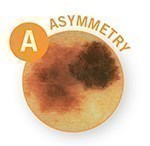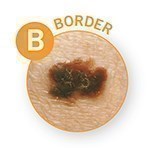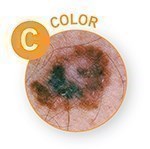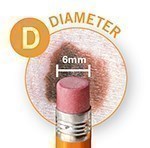ABCDEs of Melanoma
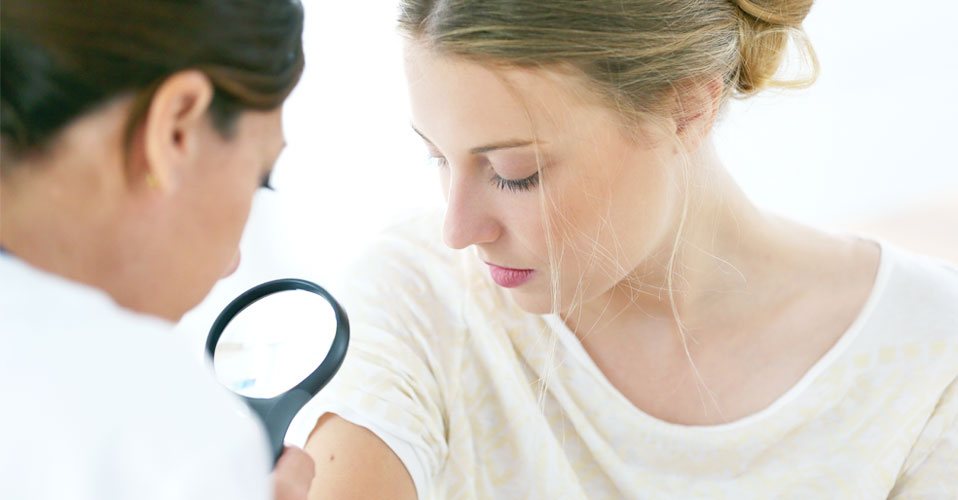
Do you know your ABCDEs?
Even if you have carefully practiced sun safety all summer, it’s important to continue being vigilant about your skin in fall, winter, and beyond. Throughout the year, you should examine your skin head-to-toe once a month, looking for any suspicious lesions. Self-exams can help you identify potential skin cancers early, when they can almost always be completely cured.
First, for a successful self-exam, you obviously need to know what you’re looking for. As a general rule, to spot either melanomas or non-melanoma skin cancers (such as basal cell carcinoma and squamous cell carcinoma), take note of any new moles or growths, and any existing growths that begin to grow or change significantly in any other way. Lesions that change, itch, bleed, or don’t heal are also alarm signals.
It is so vital to catch melanoma, the deadliest form of skin cancer, early that physicians have developed specific strategies for early recognition of the disease:
The ABCDEs
Moles, brown spots and growths on the skin are usual ly harmless — but not always. Anyone who has more than 100 moles is at greater risk for melanoma. The first signs can appear in one or more atypical moles. That’s why it’s so important to get to know your skin very well and to recognize any changes in the moles on your body. Look for the ABCDE signs of melanoma, and if you see one or more, make an appointment with a physician immediately.
This benign mole is not asymmetrical. If you draw a line through the middle, the two sides will match, meaning it is symmetrical. If you draw a line through this mole, the two halves will not match, meaning it is asymmetrical, a warning sign for melanoma.
A benign mole has smooth, even borders, unlike melanomas. The borders of an early melanoma tend to be uneven. The edges may be scalloped or notched.
Most benign moles are all one color — often a single shade of brown. Having a variety of colors is another warning signal. A number of different shades of brown, tan or black could appear. A melanoma may also become red, white or blue.
Benign moles usually have a smaller diameter than malignant ones. Melanomas usually are larger in diameter than the eraser on your pencil tip (¼ inch or 6mm), but they may sometimes be smaller when first detected.
E | Evolving
Common, benign moles look the same over time. Be on the alert when a mole starts to evolve or change in any way. When a mole is evolving, see a doctor. Any change — in size, shape, color, elevation, or another trait, or any new symptom such as bleeding, itching or crusting — points to danger.
Source :Skincancer.org
